From Smoke to Spice: The Surprising Origins of Chipotle and Why You Should Care
Table of Contents
- Introduction
- What Is Chipotle, Anyway?
- Ancient Roots in Mesoamerica
- Smoke and Fire: How It All Began
- Chipotle Around the World Today
- Why This History Matters to Your Kitchen
- Buying Guide: Finding Real Chipotle Magic
- Pro Tips for Using Chipotle Like a Pro
- Conclusion
Introduction
Have you ever wondered why your tacos or chili have that rich, smoky kick that makes your taste buds sing? If so, you’ve probably tasted chipotle. But chipotle isn’t just a flavor booster — it’s a culinary time capsule with roots stretching back thousands of years. From ancient smokehouses to modern supermarkets, chipotle has journeyed through time and across continents to become one of the world’s most beloved spices.
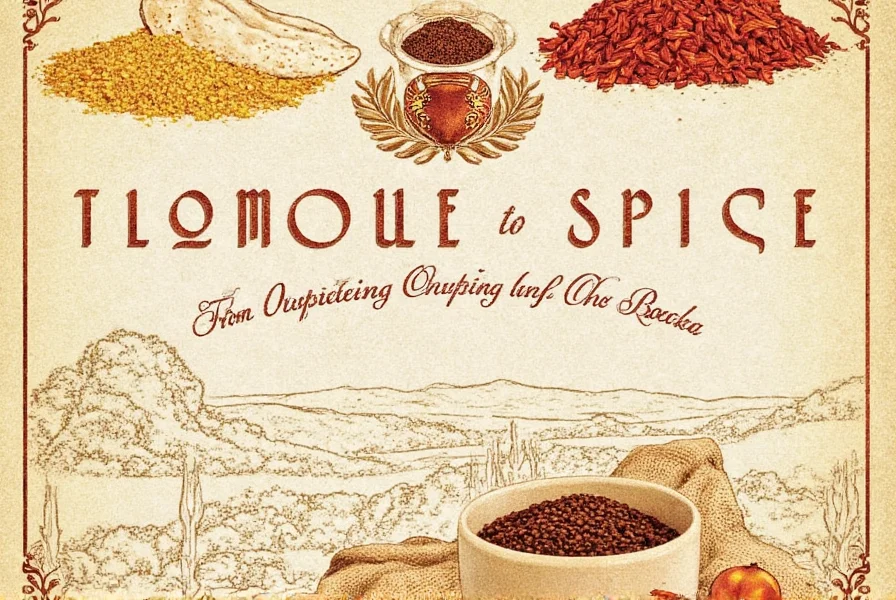
In this post, we’ll take you on a flavorful trip through history to uncover the origin of chipotle, how it became a global sensation, and what to look for when buying your next jar. Whether you’re a foodie, a chef, or just someone who loves adding heat to their meals, there’s something here for you.
What Is Chipotle, Anyway?
The word “chipotle” might sound fancy, but it comes from something simple: a dried, smoked jalapeño pepper. Yes, really! Jalapeños are picked when they're fully ripe (they turn red), then slowly smoked until they dry out. The result is a deep, earthy, slightly sweet, and spicy ingredient that brings more than just heat — it adds complexity.
Unlike fresh jalapeños, which can be sharp and grassy, chipotle peppers deliver a mellow heat with a smoky backbone, making them ideal for marinades, rubs, sauces, and salsas.
| Feature | Fresh Jalapeño | Chipotle Pepper |
|---|---|---|
| Flavor Profile | Grassy, bright, sharp | Smoky, earthy, deep |
| Heat Level | Mild to medium (2,500–8,000 SHU) | Moderate (2,500–8,000 SHU) |
| Best For | Salsas, salads, pickling | Stews, meats, sauces, adobo |
Ancient Roots in Mesoamerica
To understand where chipotle comes from, we need to go back to pre-Columbian Mesoamerica, long before the first taco truck rolled into town. Long before refrigeration, smoking was a common method of preserving foods — and chilies were no exception.
Indigenous civilizations like the Aztecs and Mayans didn’t just eat chilies; they revered them. Chilies were used in religious rituals, as currency, and in everyday cooking. When jalapeños (then known by other local names) were dried and smoked, they created what we now call chipotle — a way to preserve flavor and extend shelf life.
Interestingly, the name “chipotle” itself is derived from the Nahuatl language — spoken by the Aztecs. In Nahuatl, “chilpoctli” means “smoked chili.” And yes, that’s where the modern word comes from!
Smoke and Fire: How It All Began
So how did early cultures make chipotle? Well, imagine an open fire pit surrounded by green wood — not the kind of charcoal grill you use for burgers, but a real fire using oak, pecan, or mesquite wood. Fresh red jalapeños would be placed above the fire, often on raised racks made of reeds or branches, and left to smoke for days.
This slow process caramelizes the sugars in the peppers and imparts a distinctive smoky aroma. It also removes moisture, preventing mold and decay. The result? A spice that could last months, even years, and bring bold flavor to everything from stews to ceremonial dishes.

Chipotle Around the World Today
While chipotle stayed rooted in Mexican cuisine for centuries, globalization and the rise of fusion food changed everything. Today, chipotle peppers appear in everything from burger sauces to salad dressings, and even desserts!
Here’s a quick breakdown of how chipotle has spread globally:
| Region | Use Case | Popular Dishes |
|---|---|---|
| Mexico | Traditional base for sauces and marinades | Tacos al pastor, mole, soups |
| United States | Fast-casual chain staple (e.g., Chipotle restaurants) | Burritos, grilled chicken, mayo-based sauces |
| Europe | Used in gourmet sauces and street food trends | Flatbreads, aioli dips, charcuterie pairings |
| Asia | Spice infusion in noodle dishes and stir-fries | Spicy ramen, fried rice, curry variations |
You can now find chipotle in multiple forms — whole dried peppers, powder, paste, and especially chipotle in adobo sauce, which has become a kitchen essential for many home cooks.
Why This History Matters to Your Kitchen
Knowing where chipotle comes from gives you more than just trivia to impress friends at dinner parties. Understanding its origins helps you appreciate how it should be used — and how to choose quality products.
For example, real chipotle should never taste overly bitter or artificial. Its smokiness should be smooth, not acrid. That’s because authentic chipotle comes from carefully controlled smoking conditions, not chemical additives.
Buying Guide: Finding Real Chipotle Magic
With so many chipotle products flooding the market, it’s easy to end up with something less than stellar. Here's how to spot the good stuff:
- Whole dried chipotles: Look for pliable texture and deep brown color. Avoid brittle or blackened pieces.
- Chipotle powder: Pure ground chipotle without fillers or preservatives. Check for fine texture and rich aroma.
- Chipotle in adobo: Should contain tender, moist peppers in a tangy, tomato-based sauce. Ingredients should be minimal and recognizable.
| Product Type | Top Pick | Features | Best Use Case |
|---|---|---|---|
| Whole Dried Peppers | La Costeña Chipotle Peppers | Soft texture, natural drying, no additives | Rehydrating for sauces and moles |
| Powder | McCormick Culinary Chipotle Chile Powder | Consistent grind, vibrant aroma | Dry rubs, seasoning blends |
| Adobo Sauce | Goya Chipotle Peppers in Adobo | Soft peppers, rich sauce, great balance | Tex-Mex dishes, dressings, salsas |
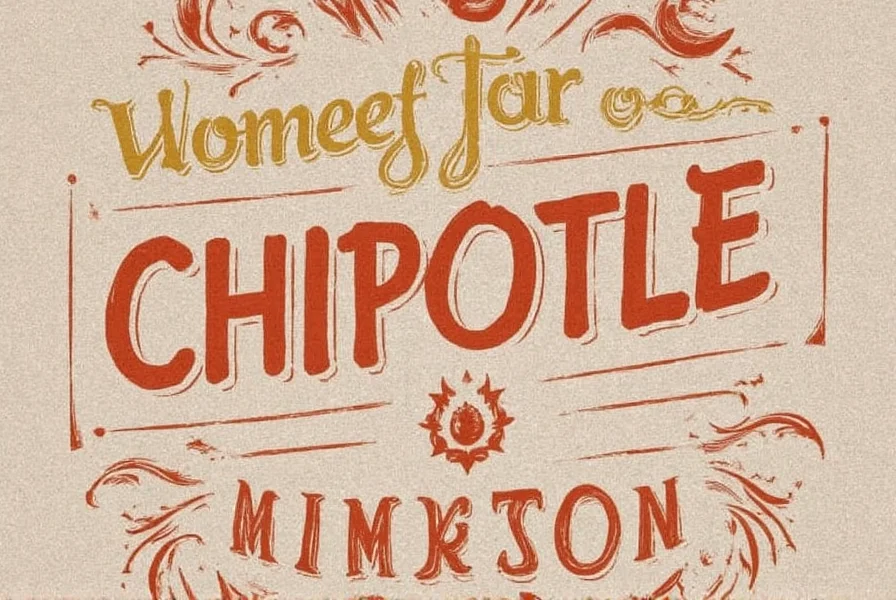
Pro Tips for Using Chipotle Like a Pro
Now that you’ve got the right ingredients, here’s how to get the most flavor out of them:
- Rehydrate dried peppers: Soak in hot water or broth for 20 minutes before blending into sauces or pastes.
- Balance the heat: Chipotle’s smokiness pairs well with sweetness. Add a bit of honey or maple syrup to mellow the spice.
- Toast the powder: Lightly toast chipotle powder in oil to awaken its flavors before adding to dishes.
- Make your own adobo: Blend rehydrated chipotles with garlic, vinegar, and tomato paste for a homemade version.
- Use sparingly: Chipotle has strong flavor — a little goes a long way.
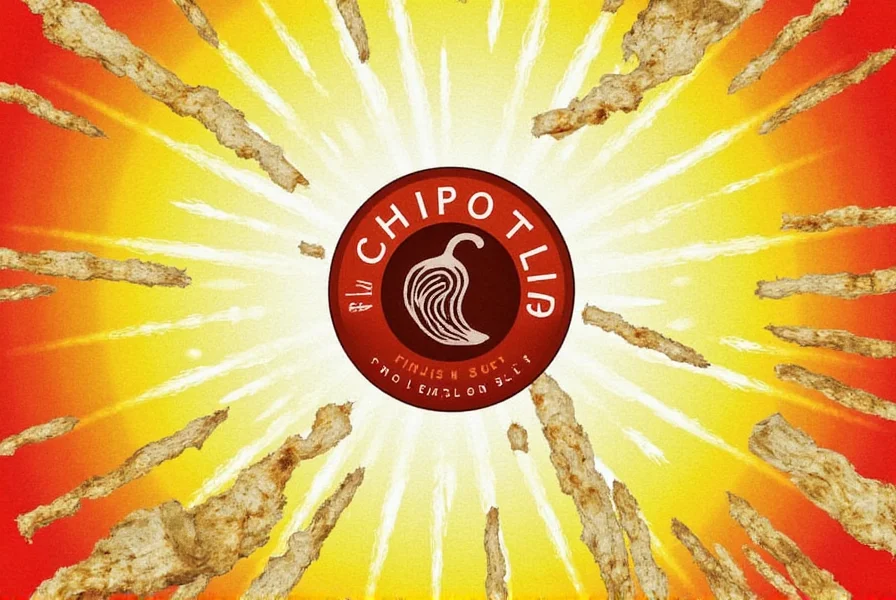
Conclusion
The origin of chipotle is more than just a history lesson — it’s a reminder of how food connects us to culture, tradition, and innovation. From the smoke pits of ancient Mexico to your pantry today, chipotle continues to evolve while staying true to its roots.
Whether you’re grilling, simmering, or experimenting with new flavors, chipotle adds depth, warmth, and a touch of adventure. With this guide, you’re ready to buy smarter, cook bolder, and explore one of the world’s most iconic spices like a true connoisseur.
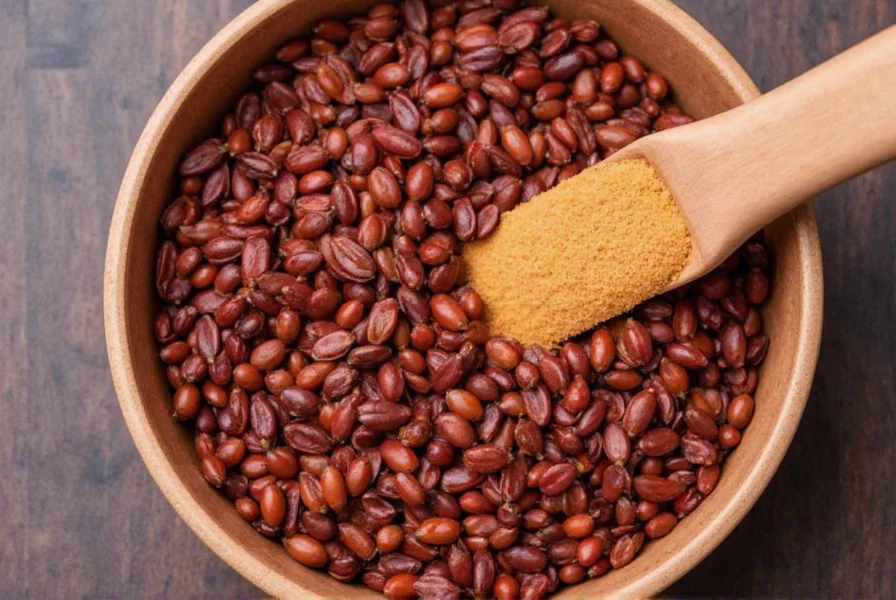

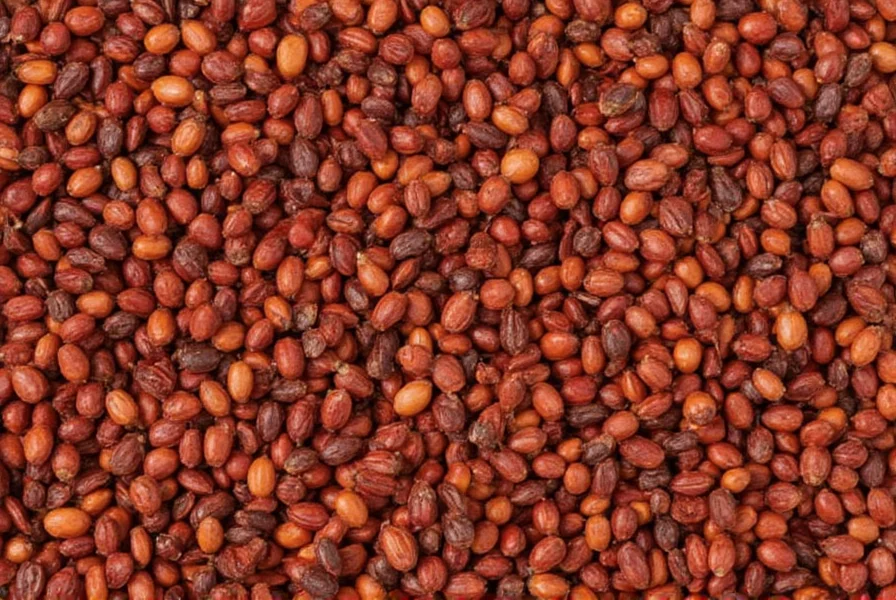









 浙公网安备
33010002000092号
浙公网安备
33010002000092号 浙B2-20120091-4
浙B2-20120091-4